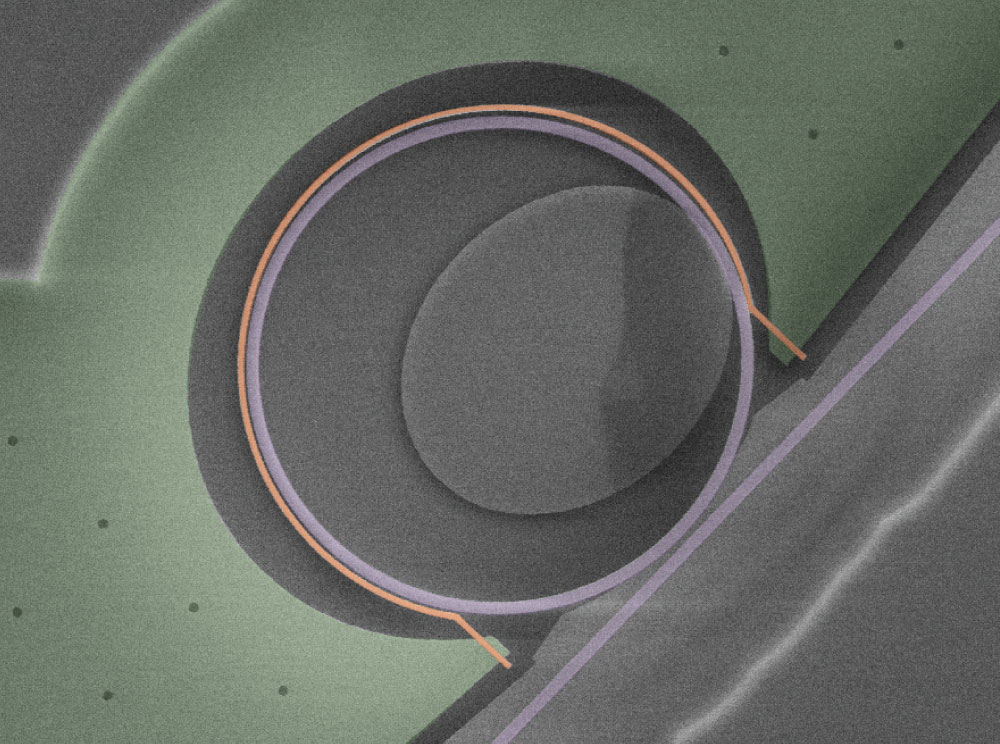Photonics
Light and Optics are essential for many technical applications. Fibre optics has transformed communications, powerful lasers are used in industry to cut metal and optical measurements are common in life science.

Many of these applications have required optics in the micro-scale. Fortunately the materials and technologies developed for microelectronics and adopted for MEMS are also applicable for optical systems; silicon, silicon oxide and other silicon compounds are excellent optical materials and the process technology allows us to make chips with optical waveguides, and well as active optical components.
MicroOptoElectroMechanical Systems (MOEMS) is a common term for microsystems that include optical components.
Applications
The division primarily work with two types of optical applications:
- Photonic chips
- silicon chips with optical waveguide-based systems, mainly for life-science applications such as detection of disease-related substances in blood.
- Arrays of micro-mirrors or IR detectors. The micromirror arrays are similar to those used for video projectors, but can be used for more demanding applications. The aim of the detector array work is to enable low-cost IR cameras for application for example in night vision systems for cars.
Involved faculty
Faculty working within the research topic photonics:
Kristinn Gylfason specializes in photonic MEMS and photonic systems for life-science.
Frank Nikalaus works on mirror and detector arrays.
